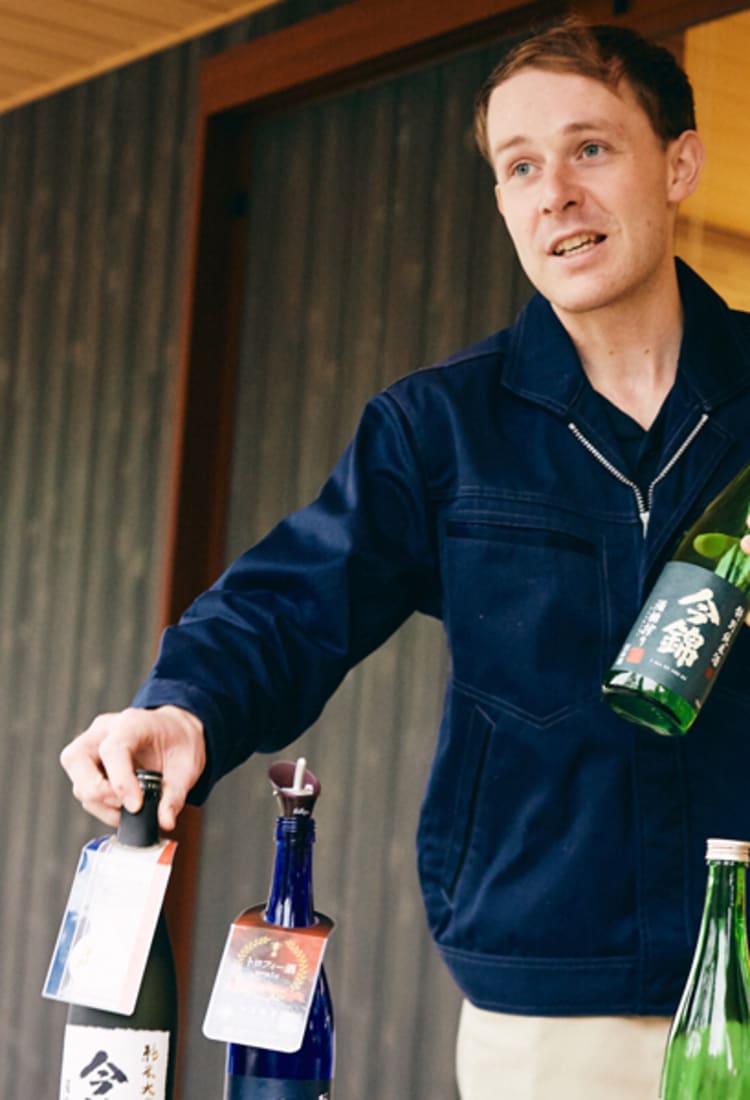
An introduction to sake from a New Zealander studying the craft in Nagano
An introduction to sake from a New Zealander studying the craft in Nagano
Japanese sake is experiencing a global boom following the explosive popularity of Japanese food. It’s getting so popular that people are opening sake breweries outside of Japan as well.
Almost in the center of the Japanese archipelago, about a three-hour drive from Tokyo, lies Nagano Prefecture. It’s an area full of natural beauty, with about 80% of the land covered in forests. The clean air and clear water from its massive mountain chains help create the perfect conditions for brewing sake.
Nigel Hay is a New Zealander studying sake at a brewery in a Nagano village called Nakagawa. We asked him what was so fascinating about sake and why it had permanently captured his heart. We also asked him to give us some tips on how best to truly enjoy this distinctive Japanese beverage.
From New Zealand to sake brewery in Nagano Prefecture
―Why don’t you start by telling us how you first found out about Japanese sake?
NH: I first had sake at a Japanese restaurant back in my home country of New Zealand. They were offering hot sake to go along with their sashimi and appetizers.
At the time I had only ever drank wine or beer, so the first thing that surprised me was that they were serving alcohol hot. It also seemed high in alcohol, so to be honest my first impression was that sake was pretty hard to drink.

―Your first experience was far from positive, it seems. So how did you get from there to working at a sake brewery in Nagano? It must be an interesting story.
NH: I spent some time in Japan as an exchange student, and worked as an English teacher here once I graduated university. The place that hired me was in the village of Nakagawa, Nagano.
I grew up in a rural part of New Zealand, and I really enjoy the close communication I have with the locals outside of the big city. So I was so happy to be placed in this village.
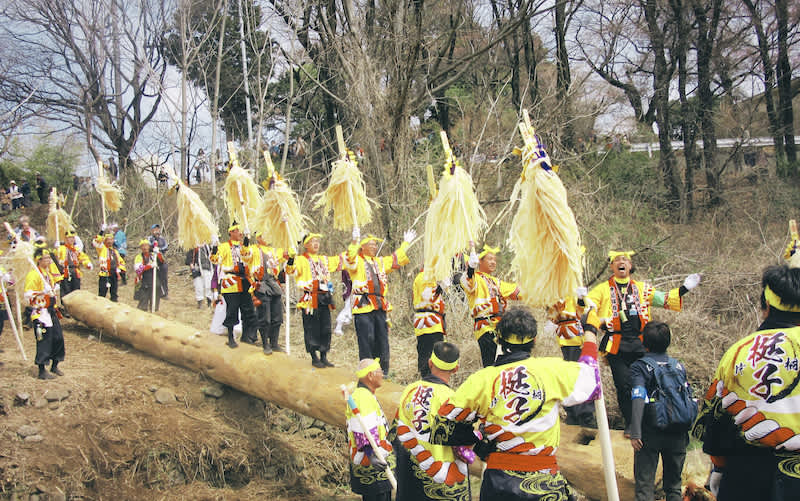
NH: The Onbashira Festival held in Nagano Prefecture, which involves dragging and then raising an enormous pole at Suwa Taisha shrine, is counted among the top three unconventional festivals in Japan. There are also Onbashira festivals held in various places around the prefecture that are full of local color.
The Onbashira festival that I participated in was the one held at a shrine in a Nagano town called Matsukawa. Part of the festival involves the tradition of serving sake along the roadside to help liven up the event, so I spent the entire day drinking with the locals. It was strange how close I felt to them that day—so much so that it seemed to me that sake had a way of magically bringing people’s hearts together. It was right as my contract for my English teaching job was expiring, so I made up my mind to seize the moment and apply for a job at the Yonezawa Shuzo brewery.
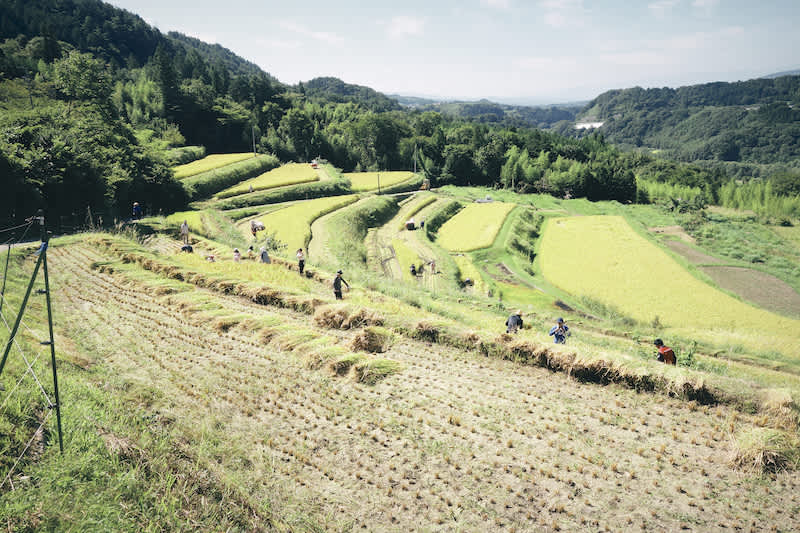
NH: I thought really hard about what a foreigner like me could contribute to the Yonezawa brewery. The Rugby World Cup was held in Japan in 2019, and the Summer Olympics will be held in Tokyo this year, so it seems that the world is gaining an increasing interest in Japan.
Given that, I hope to give people outside of Japan a better understanding of sake, which is an important part of Japanese culture, and then have that understanding catch on with a broader audience. Just knowing a little about what it’s made of, how it’s made, and the different types allows you to enjoy it on a whole new level.
Is sake that “tastes like water” considered good sake?
―There are a lot of people that don’t know much about sake. What’s the secret to really enjoying it?
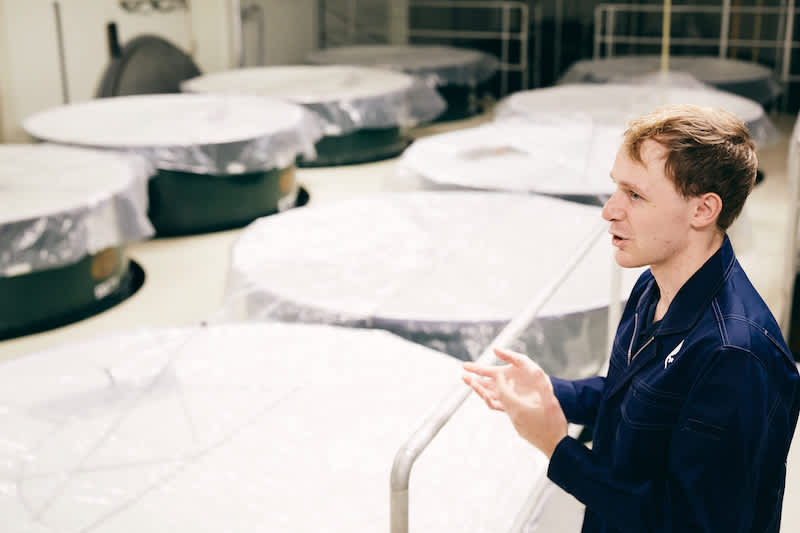
NH: The first thing you’ve got to realize is that sake, like beer and wine, is a brewed beverage. It is made using an alcoholic fermentation process with yeast and malt.
The ingredients used to make sake are rice, water, and koji rice malt. Unlike wine or beer, the koji malt turns starch into sugar at the same time that the yeast is used for fermentation, so one of the unique characteristics of Japanese sake is the need to use sophisticated techniques to manage the temperature in just the right way, for example. Because the ingredients are simple, each step of the manufacturing process can result in huge differences in aroma, taste, and so on.
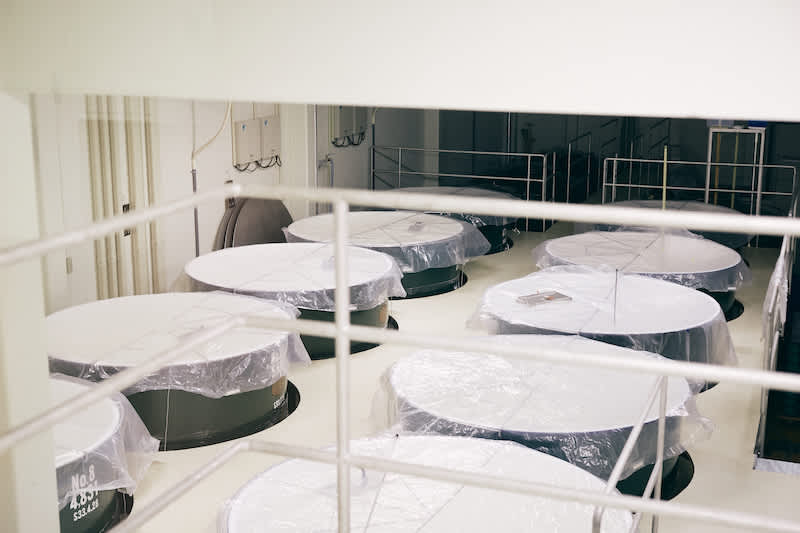
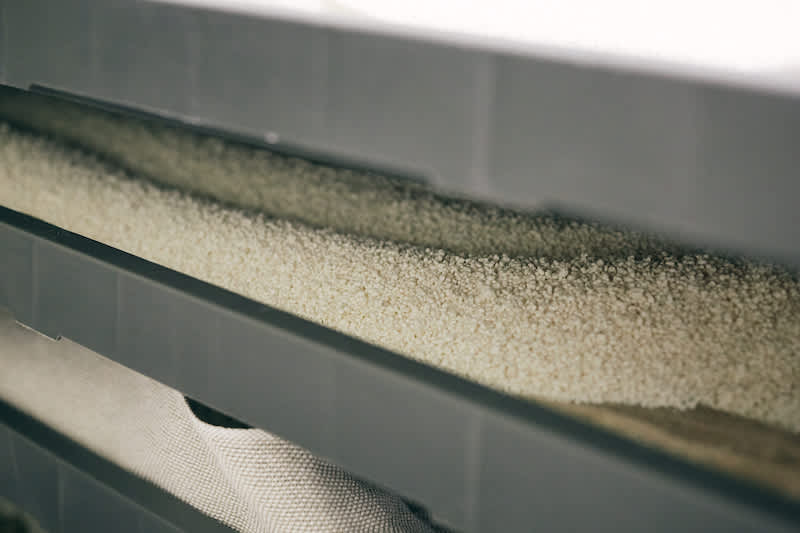
NH: Although an extremely complex process is used to make sake, the Japanese often describe a fine sake as one that “tastes like water” [laughs]. There’s no doubt that a sake that goes down as smoothly as water is easier on the stomach and will bring out the flavors in food.
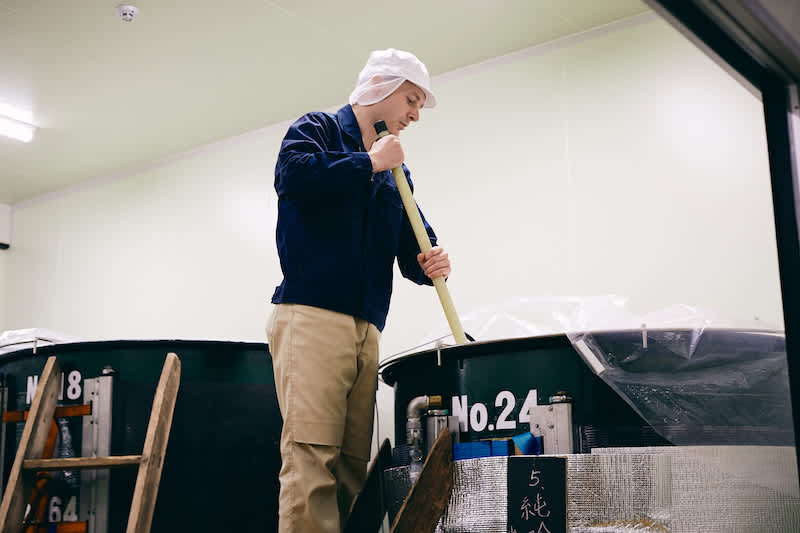
NH: The next thing people need to understand is the different types of sake. The rice that is used to make sake is first polished to remove the surface layers, and sake are named differently depending on the percentage of the rice grain that is removed.
When sake is made using only rice and rice malt, it’s categorized according to how much of the rice is polished. The rice used to make junmai daiginjo sake is polished the most, followed by junmai ginjo, tokubetsu junmai, and junmai.
When brewed alcohol is added to the sake along with rice and rice malt, the categories (from most polished to least polished) are daiginjo, ginjo, tokubetsu honjozo, and honjozo. Each has their own characteristics, and it’s fun to experience the different flavors.
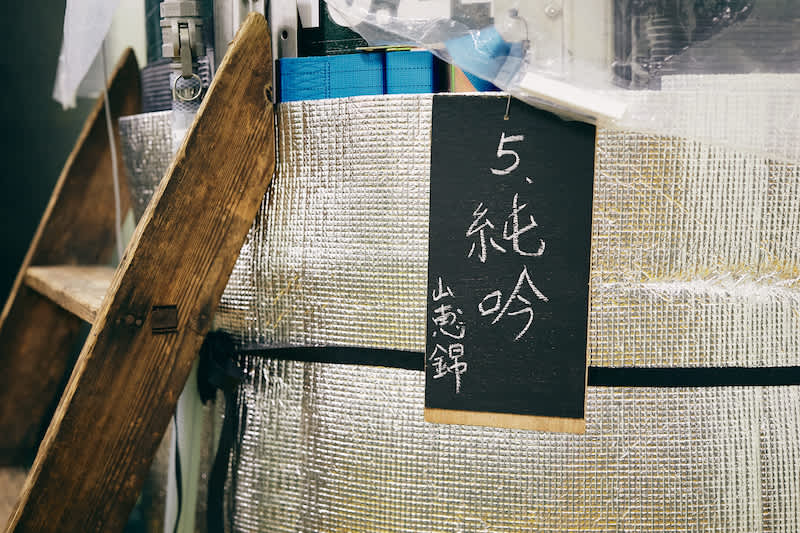
NH: The surface of the rice grains contains nutrients like protein and fat, but if there are too many of these nutrients, it can quash the aromas of the sake. That’s why sake brewers polish off whatever outer layers are not needed to make the sake.
A typical high-quality junmai daiginjo sake will be made with rice polished down at least 50%. These are top-shelf bottlings where the brewers have spent a long time milling the rice.
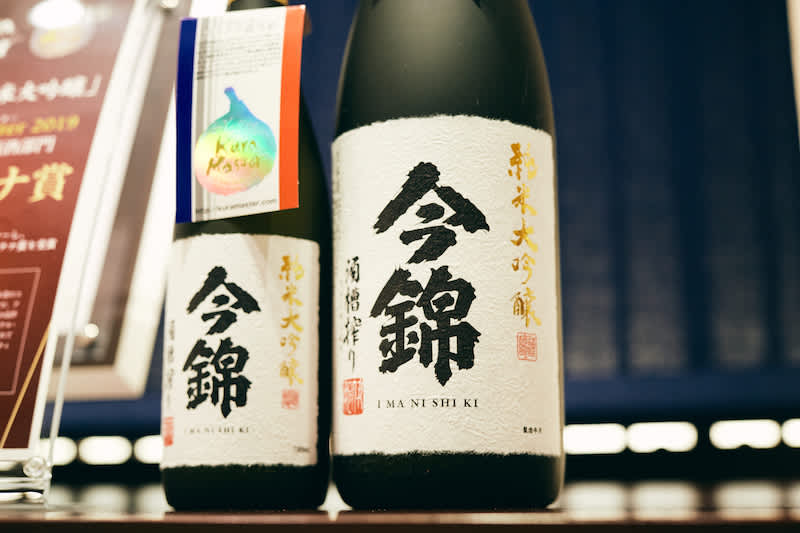
NH: That said, a high-quality bottling is not necessarily one that tastes good. That’s one of the complexities of Japanese sake. We have a tasting area and shop at the brewery where I work, and there are naturally lots of customers who select the junmai sake. I think they really understand the value of a good everyday sake.
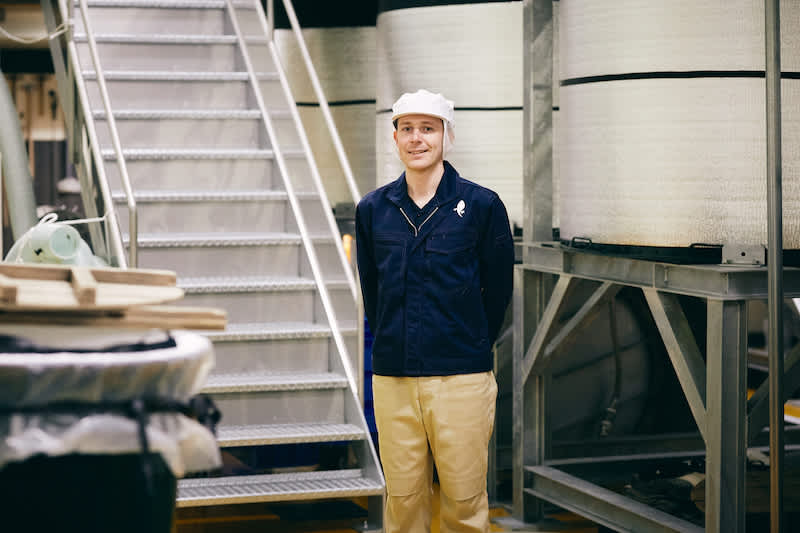
Poured in a wine glass and enjoyed with some cheese? Sure! The way you enjoy sake is up to you.
—When people talk about the different flavors of sake, they usually categorize them according to whether they’re dry (karakuchi) or sweet (amakuchi), right?
NH: That’s right. But even with a simple descriptor like sweet, different people will taste it differently depending on the kind of sake they’re used to drinking. I think the best way to figure out what you like is to taste two completely different sakes side by side—by trying a light, easy-drinking dry sake, for example, and then going right to a rich, strong-tasting sweet one.
In addition to flavor, sakes also vary widely in terms of their aromas. There are those with vibrant, fruity aromas, those with strong, complex aged aromas, or those that are more straightforward where you can enjoy the pure, natural aroma of rice.
You have so many sake options in terms of taste, aroma, and how the rice is polished, so the best thing to do when you’re starting out is go to a liquor shop or somewhere else where there are sake experts and actually try different brands to compare them.
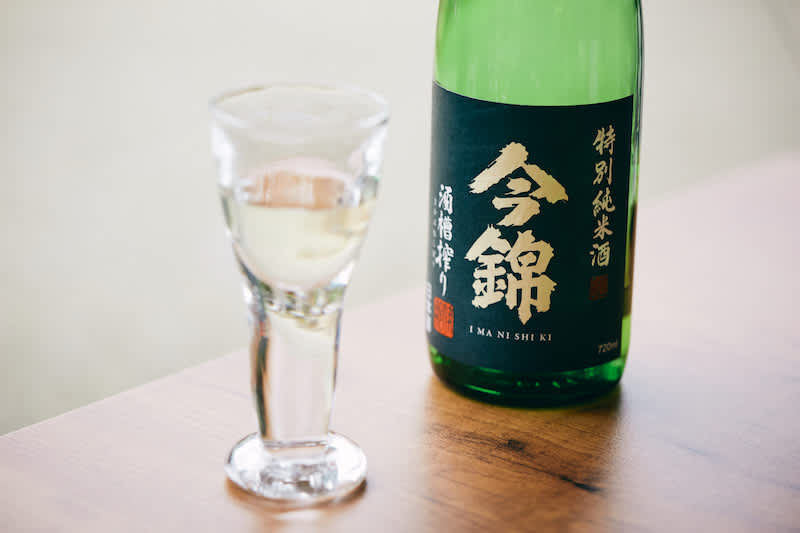
NH: More recently they’ve started putting QR codes on sake bottles, which instantly gives you access to basic information on the bottling. Still, no matter how much you know, you can’t really understand sake without actually trying it.
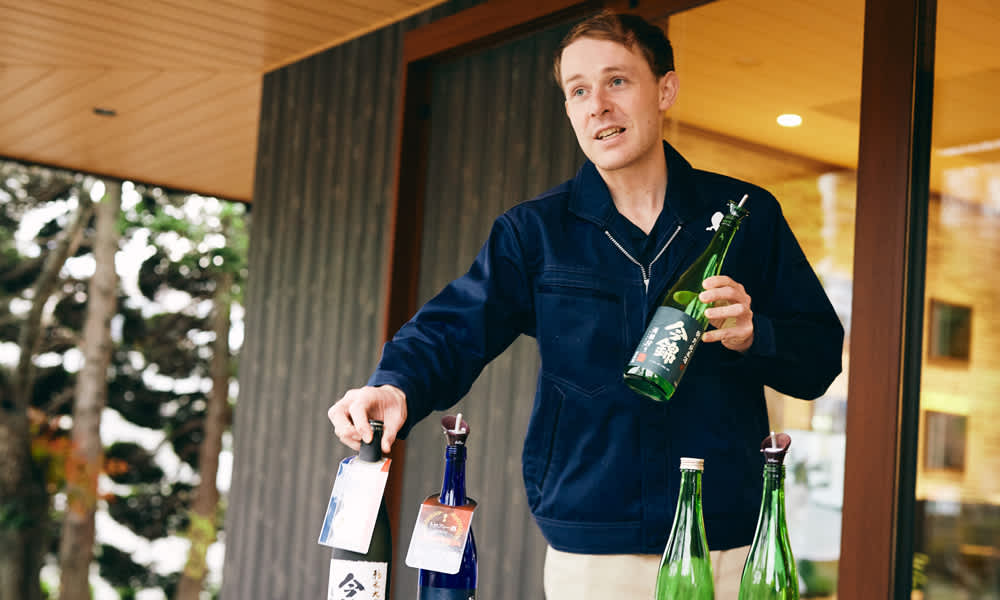
NH: There are even multiple ways to enjoy the same bottle of sake. You can chill it, drink it at room temperature, or warm it up, for example.
―What kind of sake do you usually drink?
NH: I like to pour an aromatic junmai ginjo into a wine glass and enjoy it that way.
Sake is typically drunk from a small sake glass (ochoko) or box (masu), but wine glasses have a wider mouth, so they’re perfect when you really want to get into the aromas.
When I do that, I typically pair the sake with cheese. Just because sake is Japanese doesn’t mean that it only pairs well with Japanese food—so I think people should enjoy it however they like. Wine’s the same way—depending on the type of wine, it will pair well with Japanese food or French food or whatever.
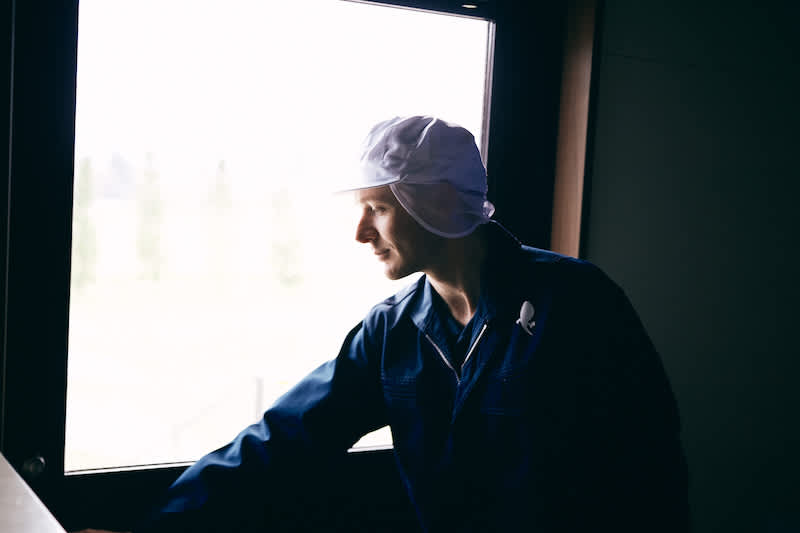
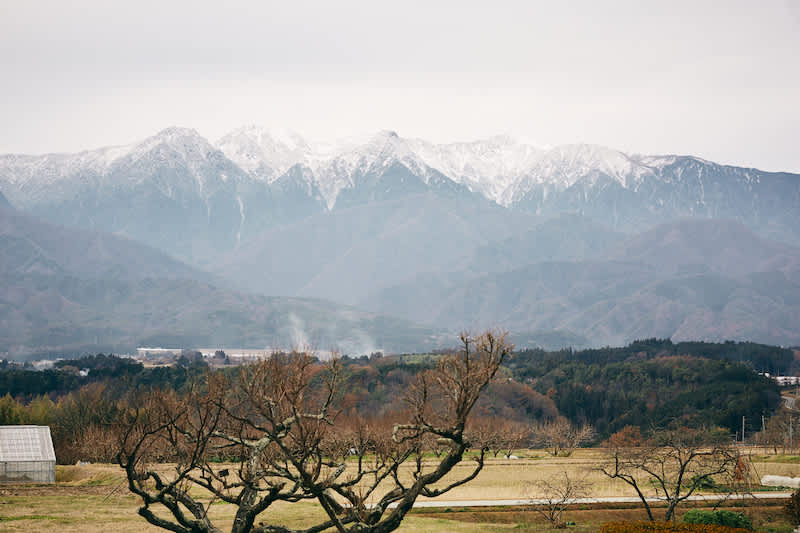
Local izakaya pubs are the best way to get into Japanese sake culture
―Do you have any advice for people who are visiting Japan and how to enjoy real Japanese eating and drinking culture?
NH: If you really want to experience the unique eating and drinking culture of Japan, you’ve got to go and try a Japanese izakaya pub. Find a place where the locals like to hang out, order appetizers one at a time, and pair different sakes with them. There’s nothing like it.
Some izakaya even offer all-you-can-drink plans. You just pay a flat fee and then get access to whatever you want during a set time—usually two or three hours.
I come from an area of New Zealand called Marlborough. It’s famous for winemaking, and lots of people there like to drink—so I think we’d have a problem if we introduced a similar system there [laughs]. If you do that, make sure you’re ordering water at the same time. Just by alternating glasses of sake with glasses of water, your body will absorb it more gradually, and you’re less likely to end up with a hangover.
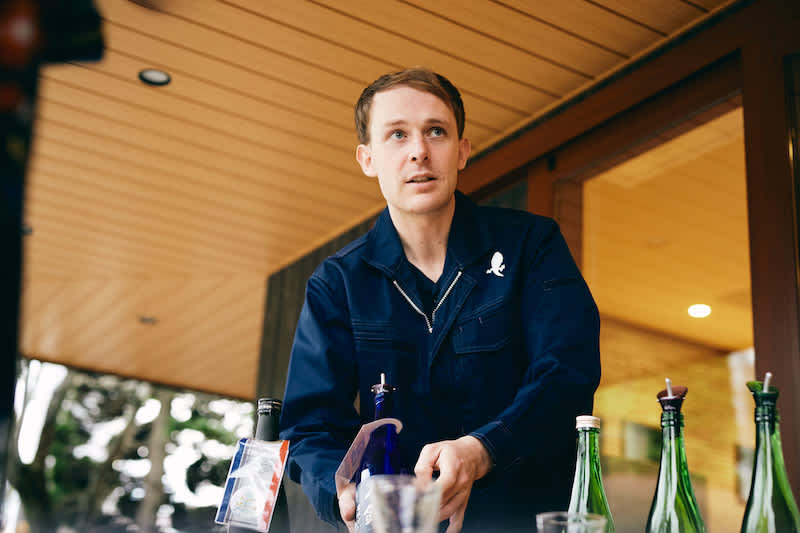
NH: There’s another distinctive Japanese tradition called oshaku, or pouring sake for others. You keep an eye on the glasses of the people you’re drinking with, and pour them sake when they get down to about a third. If you’re the one being offered sake, you drink the rest of what’s in your glass with a single sip and then hold your cup up for the other person to pour.
Of course, it’s not good manners to pour sake for anyone who is already drunk. When I feel I’ve had enough, I place my hand over my cup to let the other person know that I don’t need anymore. It’s important that you practice good etiquette so that everyone can relax and enjoy drinking together.
Japanese sake is such a recognizable part of traditional Japanese culture that they use the name of the country (nihon) in the Japanese word for sake, which is nihon-shu. When you visit Japan, I hope you’ll take the time to experience the unique drinking culture here.
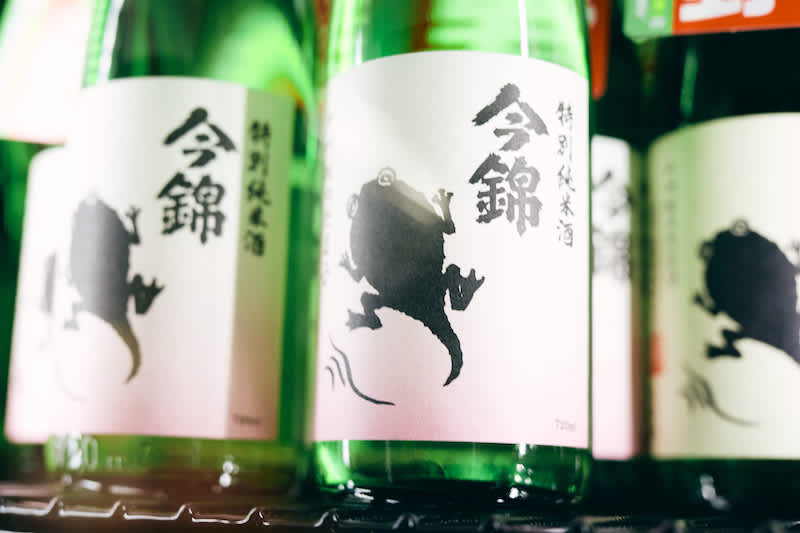
Nagano | Japan Travel | JNTO |
Yonezawa Shuzo |
|
Address: 4182-1 Okusa, Nakagawa-mura, Kamiina-gun, Nagano Prefecture |




















































